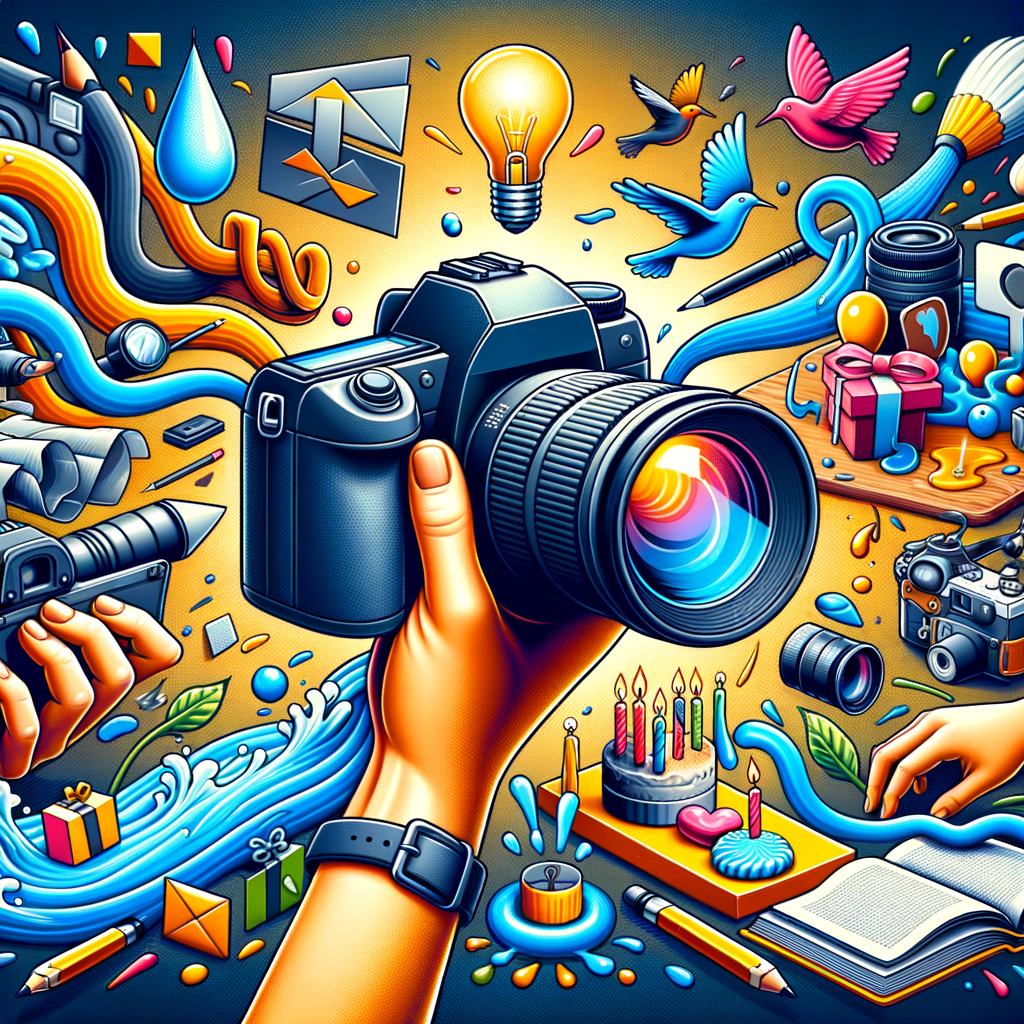Physical Address
304 North Cardinal St.
Dorchester Center, MA 02124
Physical Address
304 North Cardinal St.
Dorchester Center, MA 02124

Photography, an art of capturing moments and immortalising them in pixels or prints, is a passion for many. If you’re a novice eager to delve into this fascinating world, this beginner’s guide to photography will provide you with the basic knowledge and skills needed to start your journey.
The first step towards mastering photography is understanding your camera. Whether it’s a DSLR, mirrorless, or even a smartphone camera, knowing how it works can significantly improve the quality of your photos.
Digital cameras like DSLRs (Digital Single Lens Reflex) and mirrorless cameras are popular choices among beginners due to their versatility and image quality. These cameras have interchangeable lenses which allow photographers to adapt to different shooting conditions.
In recent years, smartphone cameras have evolved drastically. With multiple lenses and advanced software processing capabilities, they’ve become capable tools for photography.
Once you understand your camera, it’s time to learn some fundamental concepts that form the foundation of photography.
The exposure triangle consists of three elements – aperture, shutter speed, and ISO – which work together to control the amount of light that reaches your camera sensor.
The way elements are arranged in a photo is called composition. Here are some basic rules that can help you create visually pleasing images:
Now that you’re familiar with your camera and the basics of photography, it’s time to start shooting!
The best way to improve your skills is through practice. Experiment with different settings, try various compositions, shoot in different lighting conditions – every shot will bring you one step closer to mastering photography.
Analyse your photos critically. Look for what worked and what didn’t. This self-evaluation will help you learn from your mistakes and improve over time.
Photography is a vast field with numerous genres like landscape, portrait, wildlife, street photography etc. Each genre requires specific skills and techniques. Hence, once you’ve mastered the basics, consider exploring these genres or enrolling in photography courses to gain further knowledge.
Joining online communities or local photography clubs can provide invaluable feedback on your work and offer inspiration from other photographers’ works.
Remember that the journey of learning photography is a continuous process filled with trials and errors. But armed with passion and persistence, you’re sure to capture stunning images that tell compelling stories.